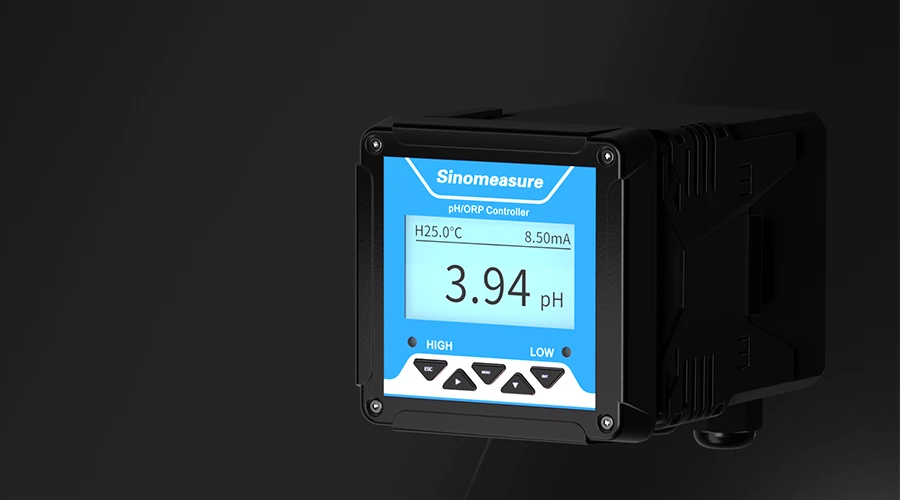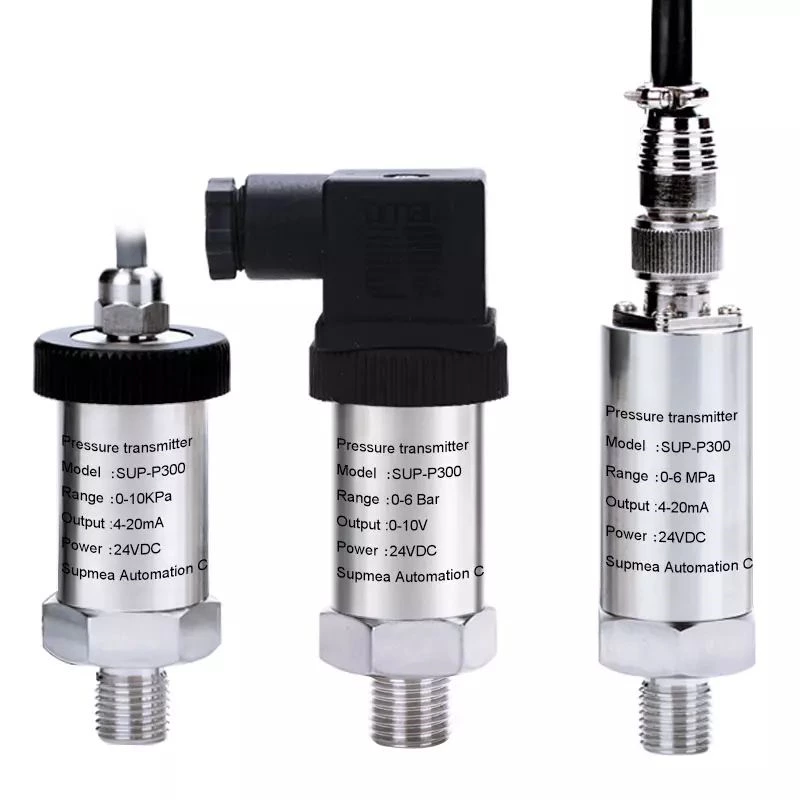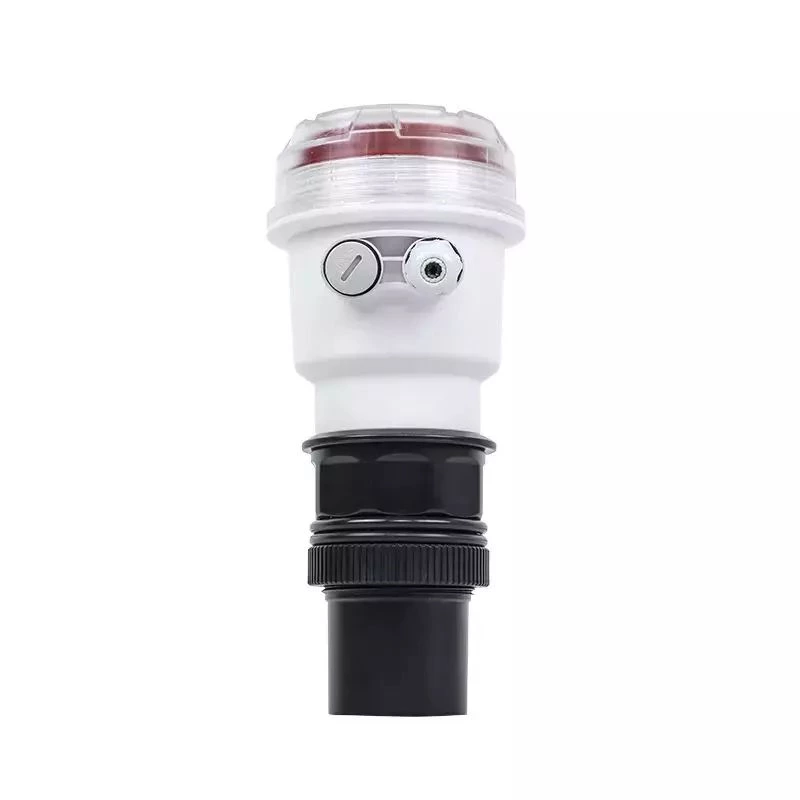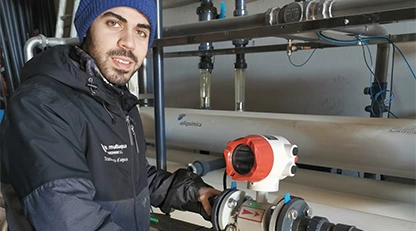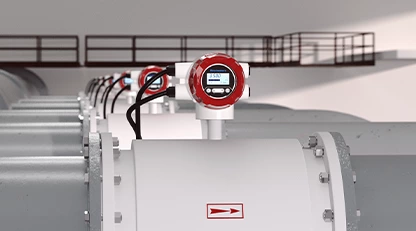What is a pH electrode and how does it work?
A pH electrode is a device that measures the acidity or alkalinity of a solution by detecting the concentration of hydrogen ions (H+) present in the solution. The electrode consists of a glass or plastic probe that contains a special solution called the electrolyte, which interacts with the solution being tested to generate a voltage signal proportional to the pH of the solution.
When the electrode is immersed in a solution, the hydrogen ions in the solution interact with the electrolyte, creating a potential difference across the glass or plastic membrane of the electrode. This potential difference is converted to a pH reading using a pH meter or other device that measures electrical signals.
pH electrodes are commonly used in laboratory and industrial settings to measure the pH of various solutions, including water, food, and chemicals. They are also used in medical and environmental applications to monitor the pH levels of bodily fluids and natural bodies of water, such as lakes and streams.

What is the difference between pH meter and pH electrode?
A pH electrode works based on the principle of electrochemistry. The electrode contains a sensing element that responds to changes in the concentration of hydrogen ions (H+) in a solution, and generates a voltage signal that is proportional to the pH of the solution.
The sensing element of the electrode consists of a glass or plastic membrane that is sensitive to hydrogen ions. The membrane contains a special solution called the electrolyte, which is in contact with a reference electrode inside the electrode. The reference electrode provides a stable voltage reference against which the pH signal can be measured.
When the electrode is immersed in a solution, hydrogen ions in the solution interact with the electrolyte, creating a potential difference across the glass or plastic membrane. This potential difference is converted to a pH reading using a pH meter or other device that measures electrical signals.
The pH meter measures the voltage generated by the electrode and converts it to a pH value using a calibration curve. The calibration curve relates the voltage generated by the electrode to the pH value of a known buffer solution. Once the electrode is calibrated, it can be used to measure the pH of unknown solutions by measuring their voltage output and converting it to a pH reading using the calibration curve.
Overall, pH electrodes provide a simple and accurate method for measuring the acidity or alkalinity of a solution, and are widely used in laboratory and industrial settings, as well as in environmental and medical applications.
How many types of pH electrode do you know?
There are several types of pH electrodes, each designed for specific applications. Here are some of the most common types:
Glass electrode: The glass electrode is the most commonly used type of pH electrode. It consists of a thin glass membrane that is sensitive to changes in pH. The glass membrane is typically filled with a special solution called the electrolyte, which interacts with the solution being tested to generate a voltage signal proportional to the pH of the solution.
Solid-state electrode: The solid-state electrode is a type of pH electrode that does not contain a liquid electrolyte. Instead, it uses a solid-state material, such as a polymer or ceramic, that is sensitive to changes in pH.
Combination electrode: The combination electrode is a pH electrode that combines a glass electrode for pH measurement with a reference electrode for voltage reference. This type of electrode is commonly used in laboratory settings.
Microelectrode: The microelectrode is a type of pH electrode that is extremely small and is designed for use in small volumes of solution. It is commonly used in biological and medical applications.
Field-effect transistor (FET) electrode: The FET electrode is a solid-state pH electrode that uses a field-effect transistor to measure changes in the pH of a solution. It is commonly used in industrial applications.
Ion-sensitive field-effect transistor (ISFET) electrode: The ISFET electrode is a type of FET electrode that is designed to measure the concentration of specific ions in a solution, including hydrogen ions for pH measurement.
Overall, the choice of pH electrode depends on the specific application and requirements of the user.
pH electrode applications
pH electrodes are widely used in a variety of applications where it is important to measure and monitor the acidity or alkalinity of a solution. Here are some common applications of pH electrodes:
Water quality testing: pH electrodes are commonly used in water treatment plants and laboratories to monitor the pH of drinking water and wastewater.
Food and beverage production: pH electrodes are used in the production of food and beverages to monitor pH levels during fermentation, processing, and storage.
Chemical manufacturing: pH electrodes are used in chemical manufacturing to monitor and control the pH of chemical reactions and processes.
Medical and biological research: pH electrodes are used in medical and biological research to measure the pH of bodily fluids and tissues, such as blood, urine, and saliva.
Environmental monitoring: pH electrodes are used in environmental monitoring to measure the pH of natural bodies of water, such as lakes, rivers, and oceans.
Agriculture: pH electrodes are used in agriculture to monitor the pH of soil and water, which can affect plant growth and health.
Aquaculture: pH electrodes are used in fish farming and aquaculture to monitor and control the pH of the water in fish tanks and ponds, which can affect fish health and growth.
Overall, pH electrodes are versatile instruments that are essential in many fields, including industry, research, healthcare, and environmental monitoring.


